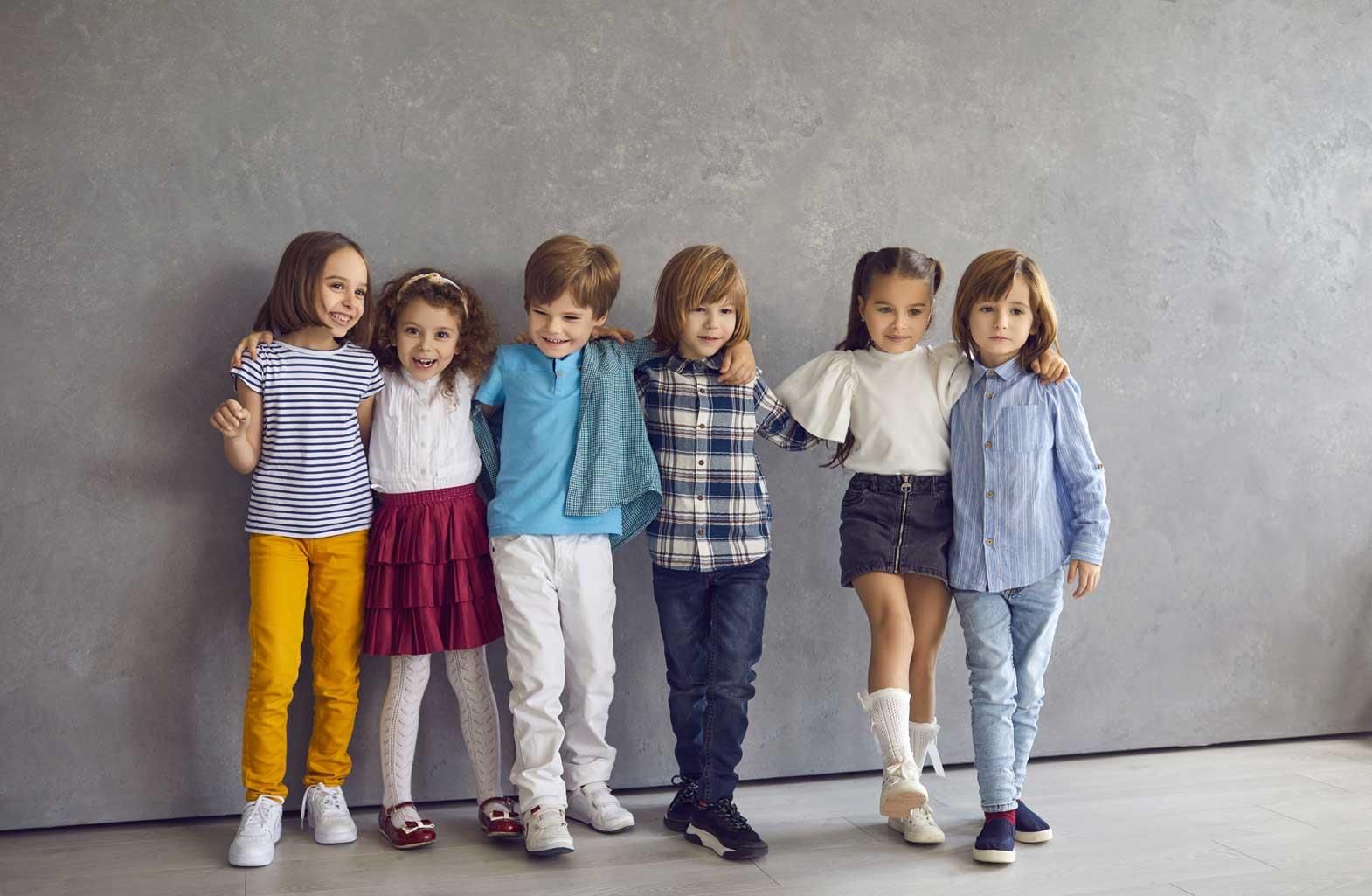Three decades ago, eco-friendly clothing for children meant covering babies in hemp sheets or leaving them barefoot. Today, the whole meaning of eco-friendly clothing for children has changed. One can find a trendy collection of eco-safe clothes for kids in stores. The current economic conditions are not favorable for consumers. However, as people have become more environmentally conscious than before, they prefer eco-friendly clothing for kids.
Nowadays, consumers want products that are manufactured using sustainable resources. In other words, clothes must be made from materials whose production and harvesting are not harmful to our environment and the people who make it. It is estimated that 2.2 billion pounds of consumer textile waste are thrown into American landfills every year due to garments made for children.
It means around 45 pounds/child aged between 0-11 is thrown away; this trend needs to be changed at the earliest. Therefore, it is important to reduce the textile waste emerging from children's clothes, while choosing a sustainable method of manufacturing children's clothing made from sustainable fabrics to protect the health of children and the planet.
Every mother would be concerned about what is being put on the child's body. It has been proven that fabrics loaded with chemicals and dyes can cause more harm than skin rash. A recent UN report has stated that there is a rise in birth deformities, hormonal cancers, and psychiatric diseases due to man-made chemicals. These are the few issues with conventional fabrics.
Most of the children's wear is made of cotton, which is not organic. According to the Organic Trade Association, the pesticide Aldicarb is very poisonous to the human body; still, it is commonly used on cotton fields in 25 countries worldwide. It is startling to know that more than 10% of the world's insecticides and 25% of the pesticides are utilized in cotton production.
Even though pesticides are removed from the fabrics during processing, they are harmful to the workers and the environment. Furthermore, synthetic fibers like polyester, rayon, and nylon are also used in making kids' clothing, which uses a considerable amount of petrochemicals that impact the health of children and the environment.
Nitrous oxide, which is a greenhouse gas is emitted while nylon production. Also, rayon is treated with toxic chemicals like sulfuric acid which is harmful to human health.
Formaldehyde, a carcinogenic chemical is found in fire resistant clothing including children's polyester wear. Many conventional fabrics are coated with toxins to remain stain, wrinkle free and fire resistant. It can affect the health of both the workers and the wearer.
Perfluorocarbons, known to cause hormone disruption can be found in stain-resistant fabrics. Chemicals which are injected into the fabric to resist fire, moths, stains and wrinkles are not removed even after washing. Therefore, it is wise to make the children wear such clothes which are made from sustainable fibers that are safest for kids and adults.
Children's sensitive and delicate skin is vulnerable to the synthetic fabrics which are treated with chemicals during the production process. Hence, fabrics that are naturally produced and chemical free are beneficial to children's health. Sometimes, those fabrics which seem safe for baby skin, is not actually safe. Therefore, while shopping for kid's clothes, there is much to look for beyond style and fashion.
Manufacturing garments from organic materials and following ethical working practices, can be truly considered human and eco friendly methods of textile manufacturing. The eco friendly fibers such as organic cotton, industrial hemp, bamboo, wool, silk, recycled polyester etc. are great examples of sustainable fibers.
Organic cotton grown without the use of pesticides and chemicals are great option for manufacturing kids wear. Another fiber which can be used for making eco safe kids wear is industrial hemp which hardly needs any pesticides and chemicals. Hemp has been used for manufacturing clothes since ages and also in recent times; as it does not require advanced technology to process fibers into fabrics.
Bamboo fibers can be produced in two ways; one which is chemically treated and other mechanical. Companies are coming up with new manufacturing methods of bamboo textile without using chemical additives. Kids wear companies using eco friendly process while making clothes from bamboo should be chosen. However, rayon made from bamboo uses some chemicals.
Wool and silk are obtained naturally are also good for children wear clothing. Moreover, recycled polyester which is made from worn-out clothes, used fabrics and recycled soda bottles is also produced in eco-friendly method can be used for kids wear.
There are increasing number of cases were children are having health issues such as rashes, allergies, respiratory problems due to the chemical content in the clothes. People around the globe have realized that organic clothing helps to reduce the exposure of toxic chemicals to the children. Hence, there is a global increase in the demand of organic fibers especially cotton and the farmers are facing the problem of meeting the demand.
The textile and apparel companies need to discuss and implement strategies that will maintain the quality of the product from the farm gate to the retail stores, to establish long term sustainable sources of eco-friendly fibers.
To ensure that children wear chemical free garments, consumers can buy clothes which have certification from Global Organic Textile Standards (GOTS). There is no better way to treat the young ones than protecting them with eco safe wear on daily basis. So, whether it is a daily wear garment or funky party outfit, choosing eco-friendly apparels for children is the best option. In this way people globally can make a powerful impact on the environment as well as protect the children who will be inheriting our planet.
References:
1. Greenamerica.org
2. Theecologist.org
3. Ecofriendlykids.co.uk
4. Mommynoire.com
5. Forbes.com
6. Ecostreet.com








Comments